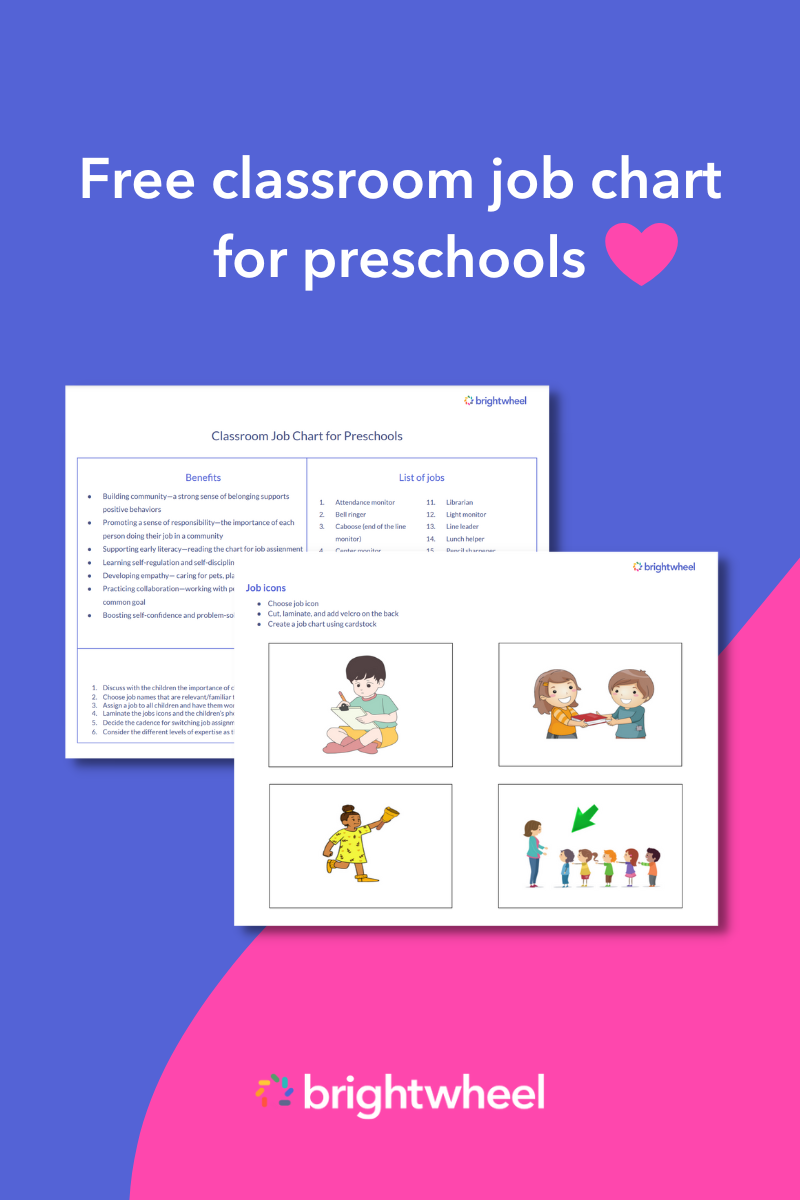
Much of a child’s life is measured by their age. Whether it’s the skills they should be developing by a certain age or what grade they’re in, a child’s early education and milestones are often determined by how old they are.
However, every child is different, and two children of the same age will develop at their own pace and may experience milestones at varying stages. Age is a starting point, but it’s not necessarily the most accurate way to gauge a child’s abilities.
Since many factors can affect how children grow and develop, it’s not always beneficial to center their milestones on age. This article discusses the benefits and drawbacks of mixed-age classrooms and teaching strategies you can implement.
What are mixed-age classrooms?
In a school setting, children are commonly grouped and separated by grade, and those grades are typically based on age. A mixed-age classroom, also known as a multi-age or mixed-grade classroom, is a classroom composed of children whose age range spans more than two years.
In same-age classrooms, all children learn the same material simultaneously and are expected to progress at the same pace. A mixed-age classroom can move at a more flexible and individual pace because lessons aren’t tied to age.
With brightwheel's center management feature, you can reduce manual work and streamline your check-in, scheduling, and reporting processes. This software can be used with programs of all sizes and is designed to support your program as it grows. With brightwheel, you can easily scale your business and manage student and staff information across multiple schools or locations.
Benefits of mixed-age classrooms
There are many reasons why a preschool may opt for a multi-age setting versus a traditional one. Having older children coexist with younger children provides unique opportunities for growth and learning. It also offers more spaces for creative and interesting activities since children are at varying points in their development. Some other benefits of mixed-age classrooms are:
Enhanced leadership skills
Many older children will naturally take on a leadership role as younger children tend to look up to them in the classroom. This improves development in all areas for both age groups and creates more opportunities for learning.
Better self-esteem
Solely interacting with peers of the same age can naturally cause children to compare themselves to each other. Being with more children of different ages can take away some of the pressure to match everyone else’s development and progress.
More engaging activities
Group activities, games, and work can be one-dimensional if all children are at the same age. Involving children at different stages in their development means that learning activities can be more complex and foster teamwork.
More individualized education
Without being tied to age as a measure of progress, there is more freedom for children to develop at their own pace. Educators have ample time observing and learning about each child’s individual needs and learning styles and can tailor their teaching methods and activities accordingly.
Stability
In a mixed-age classroom, the same teachers can oversee a class of children of all ages. So, as children get older, they can continue to build trusting relationships with the same teachers and continue on their learning path without being disrupted by a big change.
Challenges of mixed-age classrooms
Some preschool teachers prefer a mixed-age classroom because it benefits the children. There are, however, some criticisms when it comes to this arrangement.
Teacher workload
Lesson plans for mixed-age classrooms need to be more varied to accommodate all children of varying ages. As a result, they can take a lot more effort to create and execute in class. Teachers may need extra support in the form of professional development and training to ensure they are equipped with the right strategies to meet the needs of each age range in the group.
Family hesitation
Some families may be skeptical about placing their child in a mixed-age classroom for preschool. They may be worried that their older child won’t be challenged enough or that their younger child may be left behind. Centers may need to take more time explaining the benefits of mixed-age groups to create buy-in for your program.
Teacher-to-child ratio
Infants tend to need more supervision and individual attention than toddlers and caring for them has different physical demands than working with toddlers. Since younger children typically require more care and attention, fewer children are assigned to a teacher when they’re under a certain age. If a program has more infants at a certain time, you might require extra staff to help keep ratios low.
Budget challenges
Programs that serve both younger and older children will require different equipment and materials to meet the needs and interests of each age group. Teachers may also require more training and resources to implement individualized care for each child. All of these things can impact your budget and should be taken into account when planning for a mixed-age classroom.
Mixed-age classroom strategies
The best way to handle a classroom with multiple ages is to be flexible and creative. Children won’t be grouped by age, so you have more freedom in teaching. Use that to create a unique plan each year. Some of the best strategies for mixed-age classrooms are:
Set up pairs
Encourage older children and younger children to cooperate and learn from each other by matching them up with a designated class buddy.
Add variety to your lessons
When developing activities, games, or work for your class, create lessons that can be completed in small groups and modified to provide a challenge for children at all levels.
Provide open-ended materials
Children of all ages can benefit from open-ended materials or loose parts that can be used in multiple ways. Children can create and explore on their own terms and observe others engaging in play.
Create an intentional learning environment
Set up your classroom in a way that supports each age group in your program. Ensure that the equipment and materials provided are age-appropriate and can serve the needs of both younger and older children. For instance, having a writing center with materials of various difficulty levels such as alphabet stamps, crayons, and pencils, can engage children as they develop their literacy skills.
Fun activities for all ages
Children need to be engaged in school, and an excellent way to accomplish this is to make activities fun. Some activities can be physical—getting your class up and moving—while others can be challenging in a way that makes children use a variety of skills. Some great activities for a mixed-age classroom are:
- Freeze dance
- Scavenger hunts
- DIY musical instruments
- Cardboard games
- Sing-a-longs
- Collaborative art projects
- Making collages
- Thread painting
Get the most out of mixed-aged classrooms
Mixed-age classrooms can create a valuable learning environment but they also have their challenges. If you’re considering a mixed-age classroom for your program, ensure you have the appropriate resources and strategies to build on existing teaching methods and adapt to the needs of each child.
Brightwheel is the complete solution for early education providers, enabling you to streamline your center’s operations and build a stand-out reputation. Brightwheel connects the most critical aspects of running your center—including sign in and out, parent communications, tuition billing, and licensing and compliance—in one easy-to-use tool, along with providing best-in-class customer support and coaching. Brightwheel is trusted by thousands of early education centers and millions of parents. Learn more at mybrightwheel.com.

